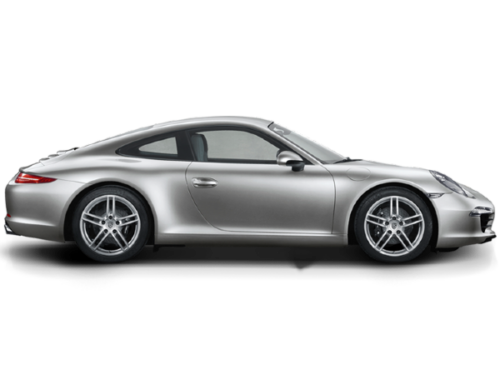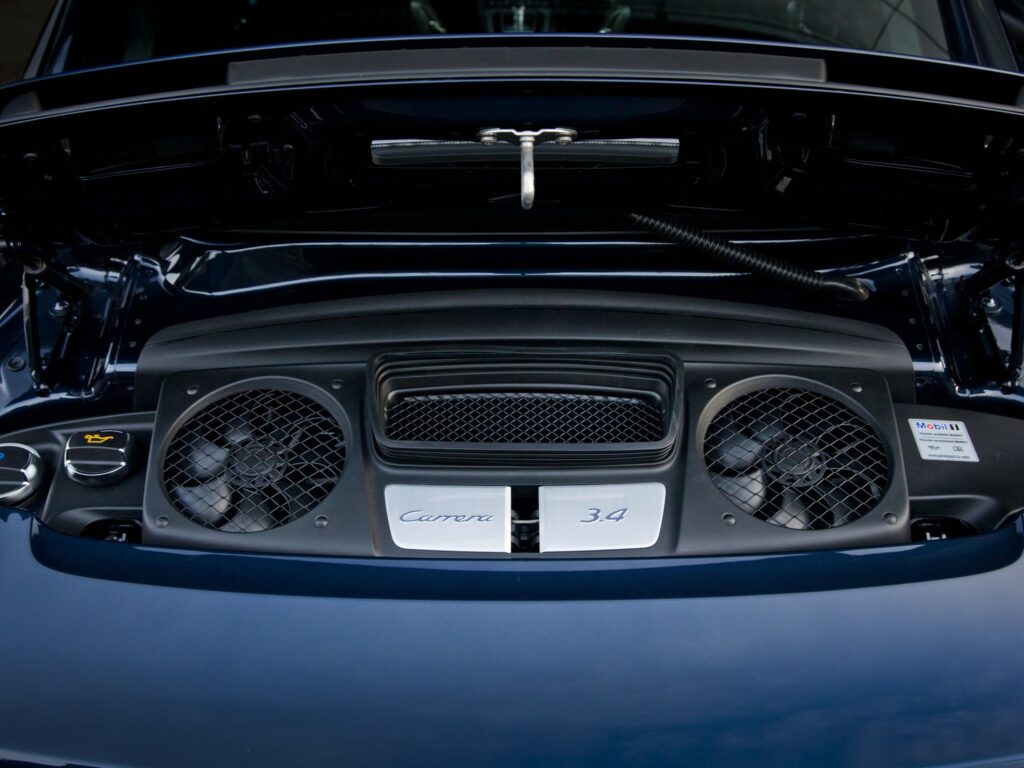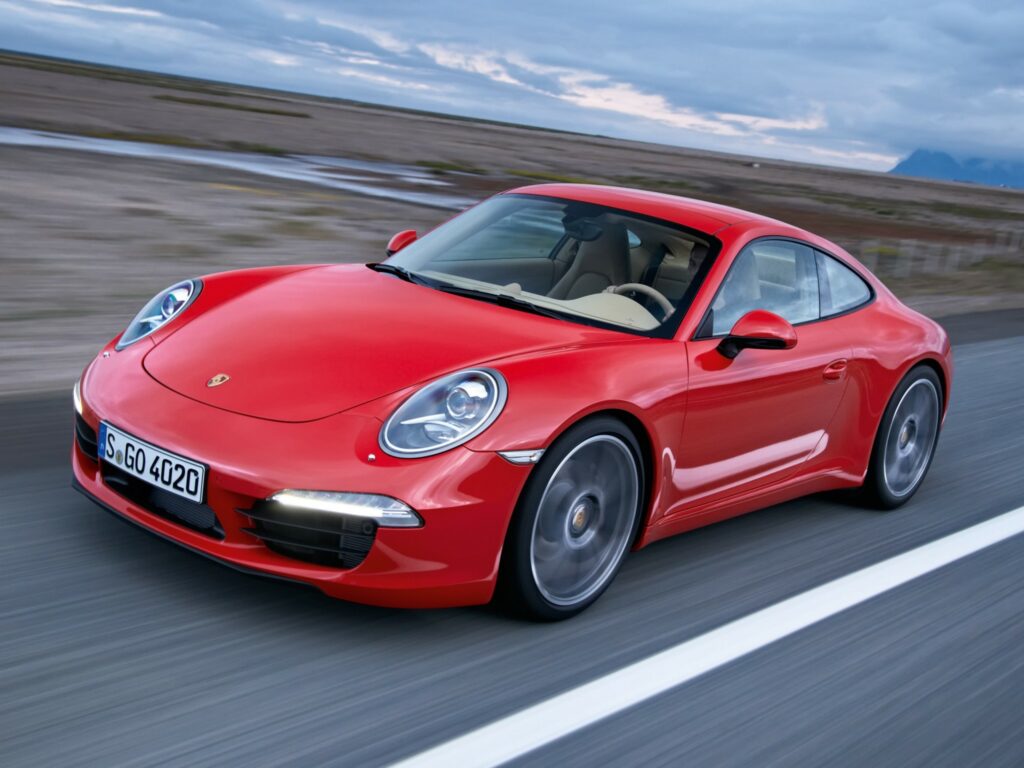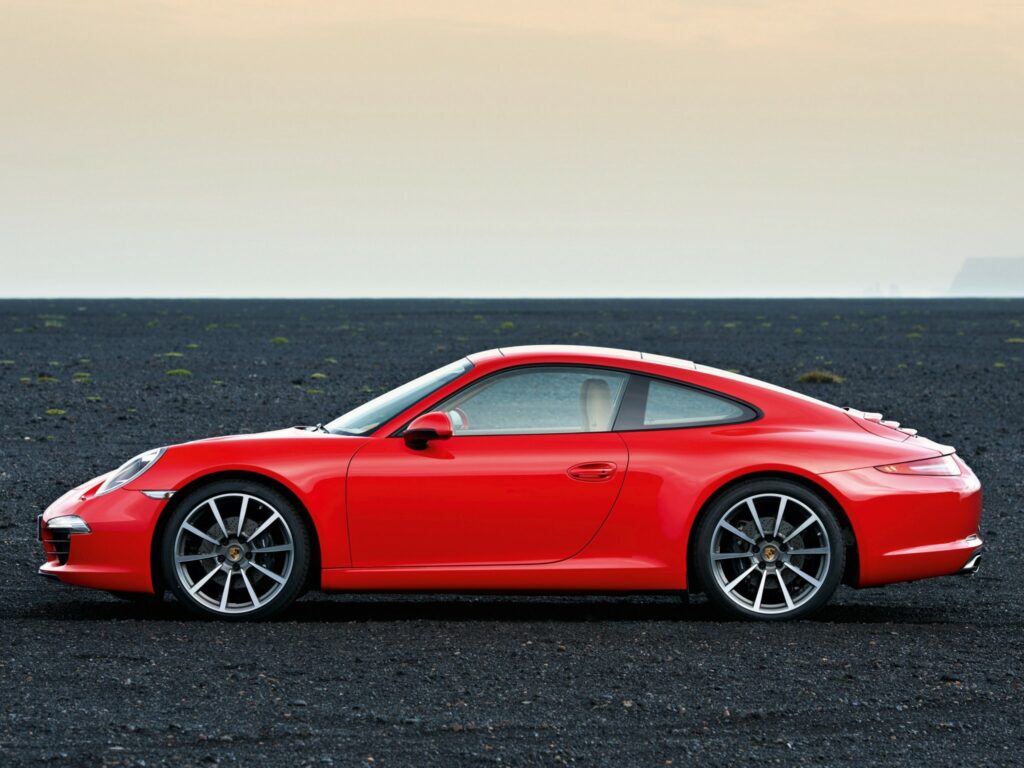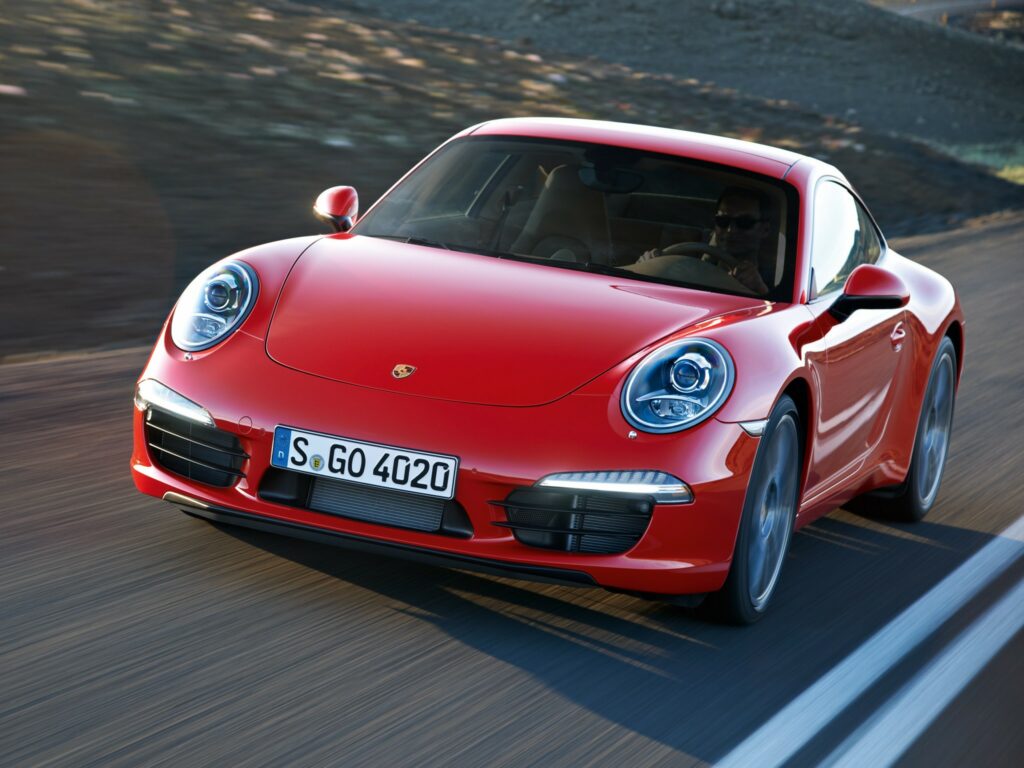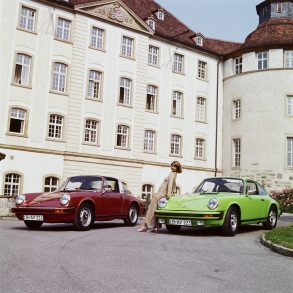(2012 – 2015) Porsche 911 Carrera Coupe (991) – Ultimate Guide
The seventh generation 911 was revealed 2011 Frankfurt Motor Show as an all-new model. The 991 is longer, lower and wider than the 997 before it, but the familiar profile remains. Also familiar is its rear-engine layout, featuring a horizontally opposed six-cylinder engine tuned with the latest engineering and technology yet emitting the traditional Porsche wail.
It sports a longer wheel base, seven-speed gearbox and more efficient 3.4-liter flat-6. Major options include a 7-Speed automatic transmission , dynamic engine mounts and a Sport Chrono Package with a dash mounted analog stopwatch. This package also features a Sport Plus button that changes the settings of the chassis, engine and transmission for spirited driving. Launch Control is also available for automatic (PDK) cars.
The seventh generation of the 911 was launched in 2012 and it sits on a new platform, with a longer wheelbase and shorter overhangs. It also featured new headlights and taillights. The overall shape of the car didn’t change that much since 1963 and that is one element why the 911 became an iconic car, same as the VW Beetle and the Land Rover Defender.
The round headlights with the white DRLs strips underneath, installed on the bumper were one key-feature of the 2012 Porsche 911. The three air-scoops in the bumper amplified the sport look of the vehicle. With its rounded greenhouse that was continued by the engine hood in the back, the seventh Porsche 911 kept its original shape. Behind the engine lid there was an active wing that was risen on highway speeds to keep the car better planted on the road. Porsche stated that the wing was tested up to 300 kph (186 mph) and the car had zero lift.
Car and Driver Said: True, the electric steering filters away some of the feel of earlier 911 helms, but it also eliminates occasionally extraneous pavement feedback. Pile on some revs, and that characteristic hard-shelled thrum of the 350-hp flat-six still thrills.
The interior was more about luxury than about performance. The new instrument cluster still had the center tachometer but on its left there was a TFT display installed into the round circle of the former analog gauge. The 2012 Porsche Carrera featured a 3.4-liter flat-six engine. It was mated as standard to a world’s first seven-speed manual transmission. An automatic, PDK (dual-clutch) transmission was offered as an option.
Some drivers feel the electric-assisted steering offers less feel and is numb compared with the old hydraulic system, but we think that may be overstating the case. Yes, it’s smoother and less likely to transmit the raw sensation of hitting every twig and pebble on the road. But unlike all too many of the new electric power steering systems that makers are rapidly migrating to, the electro-hydraulic system on the Porsche 911 continues to keep you in close touch with the road.
Pictures
Press Release
At 48, the Porsche 911 Carrera is younger than ever: The completely redesigned generation of the sports car icon is stepping into the limelight with its flat, stretched silhouette, exciting contours and precisely designed details, yet from the very first glance it remains unmistakably a 911. True to the 911 tradition, the distinctive Porsche design language with its tendons and muscles exudes power and elegance.
The 100 millimetre (~ 3.9 inches) longer wheelbase and reduced height combined with the up to 20-inch wheels underpin the athletic appearance. At the same time, the typical sports car compact exterior dimensions were retained. Seen from the front, the eye is drawn to the 911’s trademark wide-arched wings. They emphasise the wider front track, so that the new 911 Carrera models sit even more solidly on the road. The remodelled exterior mirrors are accommodated on the upper edge of the door and not as before on the mirror triangle. Not only is this aerodynamically advantageous, it also emphasises the new design line and visual impression of width.
The all-new, lightweight body is an intelligent aluminium-steel construction. It is responsible for a significant proportion of the weight reduction of up to 45 kilograms. Combined with significantly greater rigidity. Aerodynamic optimisation – including a wider, variably extending rear spoiler – enabled the new 911 Carrera’s lift to be reduced yet further while retaining a very good Cd value.
To complement the modern exterior design, the Porsche designers created an interior, the architecture of which takes its cue from the Porsche Carrera GT. The driver is now even more closely integrated with the cockpit thanks to the centre console rising up to the front with the high-mounted shift lever or gear selector located especially close to the steering wheel in typical motorsport fashion. Classic Porsche elements are also to be found inside, as they are on the outside: the instrument cluster with five round instruments – one of them a high resolution multifunction screen, the central rev counter and the ignition lock to the left of the steering wheel.
Setting the standard in its class, as it has for generations, the new 911 Carrera and Carrera S raise the performance and efficiency bar yet another notch. All versions get by with significantly less than ten litres of fuel per 100 kilometres (28 mpg imp.). Fuel consumption and emissions are up to 16 per cent lower compared with its predecessor. Among other things, this is achieved by systems and functions such as auto start/stop, thermal management, electrical system recuperation, the world’s first seven-speed manual transmission and – in conjunction with the Porsche-Doppelkupplungsgetriebe (PDK) – sailing as it is called. The new electro-mechanical power steering offers not only Porsche’s typical precision and feedback but also helps to increase efficiency and reduce fuel-consumption.
For example, the 911 Carrera with the new 350 hp (~ 257 kW) 3.4-litre boxer engine and optional PDK consumes a mere 8.2 litres per 100 kilometres (~ 34 mpg imp.) based on the New European Driving Cycle (NEDC) – 1.6 l/100 km (~ 6 mpg imp.) less than its predecessor. Also, at 194 g/km CO2, it is the first Porsche sports car to make it below the 200 g/km mark. With the 911 Carrera S as well, with its 3.8-litre boxer engine and what is now 400 hp (~ 294 kW), fuel consumption when paired with the optional PDK is reduced by 14 per cent or 1.5 l/100 km (~ 5 mpg imp.) to 8.7 l/100 km (~ 32 mpg imp.) despite 15 hp (~ 11 kW) more power. That equates to CO2 emissions of 205 g/km.
At the same time there are performance improvements in both models. The 911 Carrera S with PDK manages to accelerate from nought to 100 km/h (~ 62 mph) in 4.3 seconds. Pressing the Sport Plus button on the optional Sport Chrono package cuts that to 4.1 seconds. The 911 Carrera with PDK needs only 4.6 seconds (Sport Plus 4.4 seconds) to sprint from a standing start to 100 km/h (~ 62 mph).
The new 911 doesn’t just offer better longitudinal dynamics, however, but top performance at an unprecedented level in terms of transverse dynamics as well. In addition to the longer wheelbase, the greater agility, precision and driving stability are based, among other things, on the wider front track, the new rear axle and new electro-mechanical power steering. Depending on the model, there are other standard or optional active control systems available as well that further enhance the driving dynamics. That is especially true for the Porsche Dynamic Chassis Control (PDCC) active roll stabilisation system, available for the first time on the 911 Carrera S. For example, the system reduces lateral inclination when cornering, the tyres always being in the optimal position relative to the road surface and able to transmit higher lateral forces. Maximum cornering speeds are increased; even faster lap times on racing circuits are possible.
It has therefore been possible in the new model to extend yet further the span of apparently contradictory attributes such as performance and efficiency, sportiness and everyday practicality that has always typified the Porsche 911. That makes the 911 Carrera more of a 911 than ever. The new Porsche 911 Carrera celebrates its world premiere at the 2011 IAA Frankfurt Motor Show. The launch of the new 911 models gets under way on 3 December 2011, the new cars can be orderd from September 1st. Prices in Germany are 88,038 euro for the 911 Carrera and 102,436 euro for the 911 Carrera S, including 19 per cent VAT and market-specific equipment.



